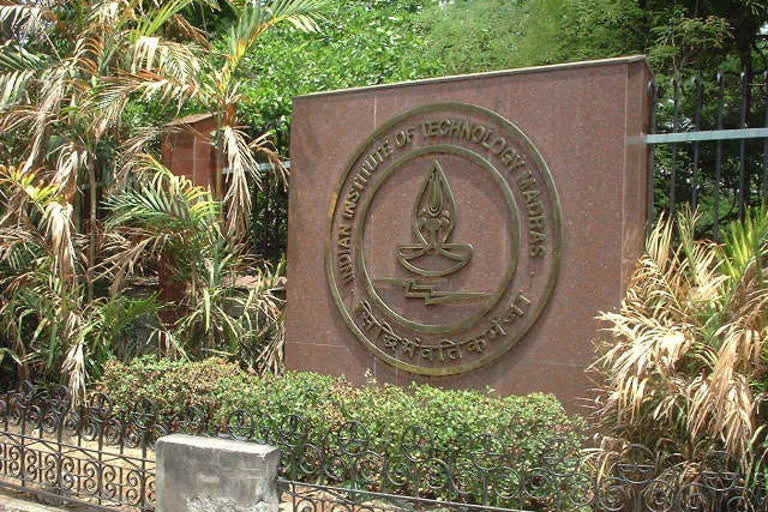Chenna: Scientists at IIT Madras have developed an algorithm that can help manage dense crowds using minimal manpower, and prevent deadly stampedes in huge public gatherings like the Kumbh Mela and the Hajj. Using a computer simulation, researchers can intelligently plan where to place police personnel to quickly quell disturbances in a crowd that could otherwise lead to panic and chaos.
The research, published in the journal Physical Review Letters, can also help design safe evacuation procedures for events and locations that witness high footfall. "Couple of years ago the Elphinstone brigde tragedy took place in Mumbai. It was a very unfortunate event that we thought could have been prevented by understanding the physics of stampede," said Mahesh Panchagnula, a professor at Indian Institute of Technology (IIT) Madras.
"If we know how these events start and how they propogate through a crowd, there are ways of mitigating it," he told PTI. "These kinds of stampedes have clear patterns in how they start. We wanted to understand those early signs and figure out how you place the police people, or what we call 'gamechangers', who then direct the crowd in a way that would prevent stampede," Panchagnula said.
The ongoing Kumbh Mela, a Hindu pilgrimage at Allahabad, is one of the world's largest religious gatherings. Up to two crore people taking a dip in the river on some days, making the event a hot spot for mishaps that could put thousands at risk. In 2013, at least 42 people died after a stampede broke out at the train station in Allahabad during the festival. Similarly, Mecca in Saudi Arabia, Islam's holiest city, is visited by millions of pilgrims every year. In 2015, a stampede caused deaths of over 2,000 pilgrims during the annual pilgrimage -- the deadliest Hajj disaster in history.
Such events call for better methods of crowd control. The physics community has been looking at this problem for a while now, researchers said. "For example they have investigated the idea of placing barriers at certain places that would make the flow of crowd easier. It may sound counter intuitive, but it works," he said. "It is all about streamlining the crowd. It looks like you have placed barricades at certain places, but it helps easing the crowd flow," he added.
